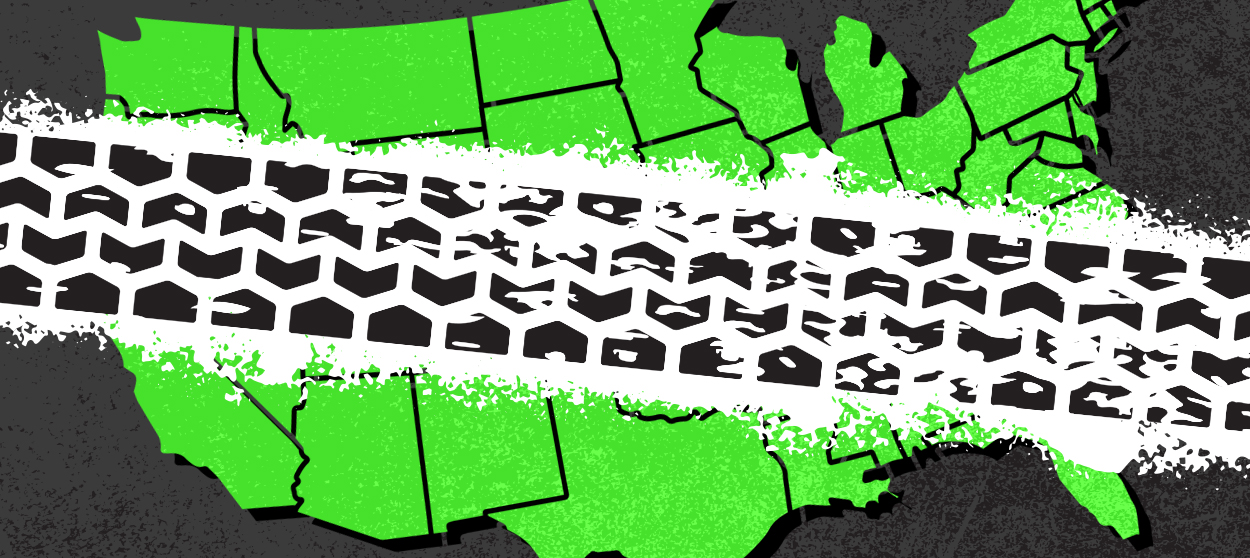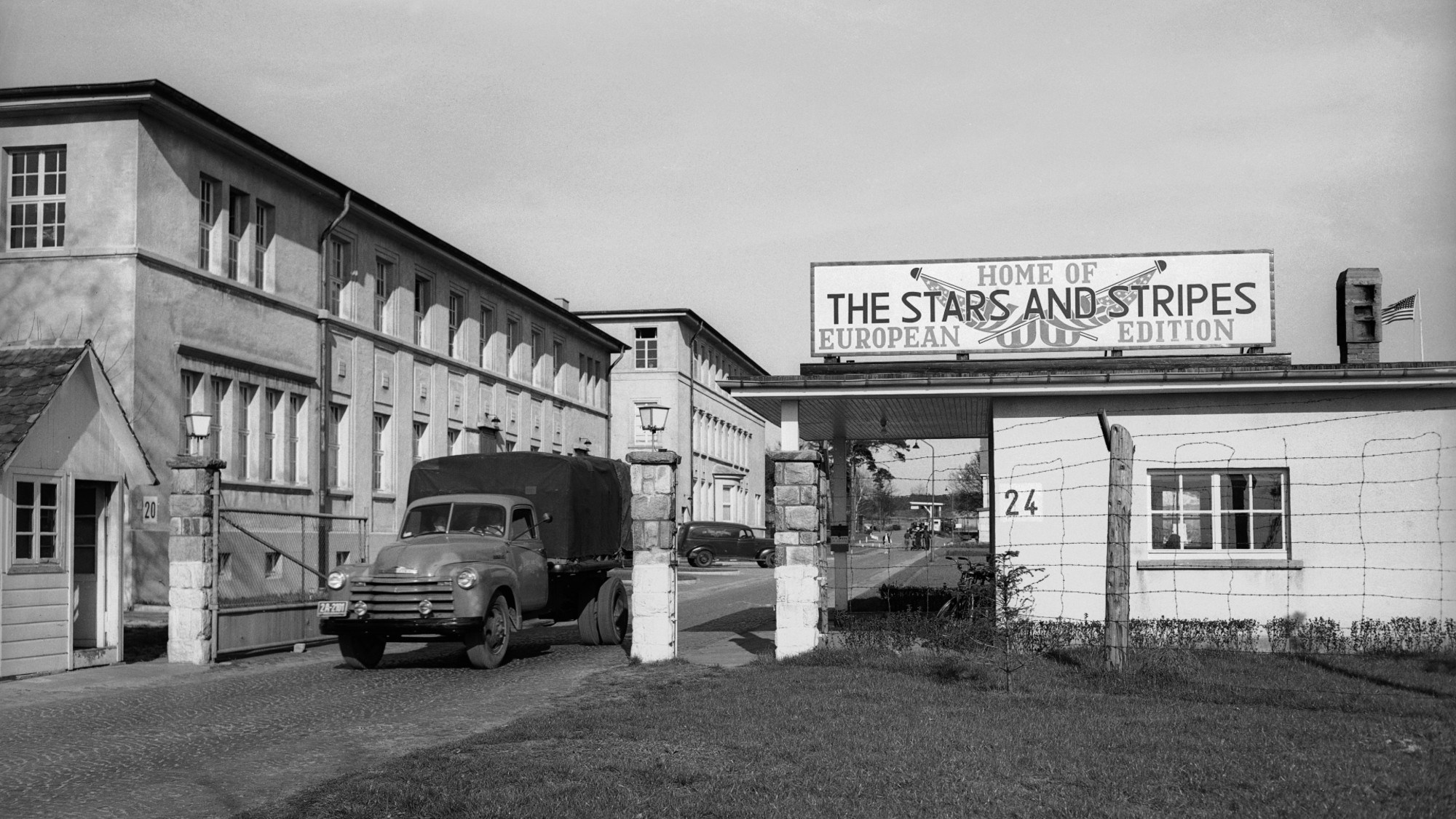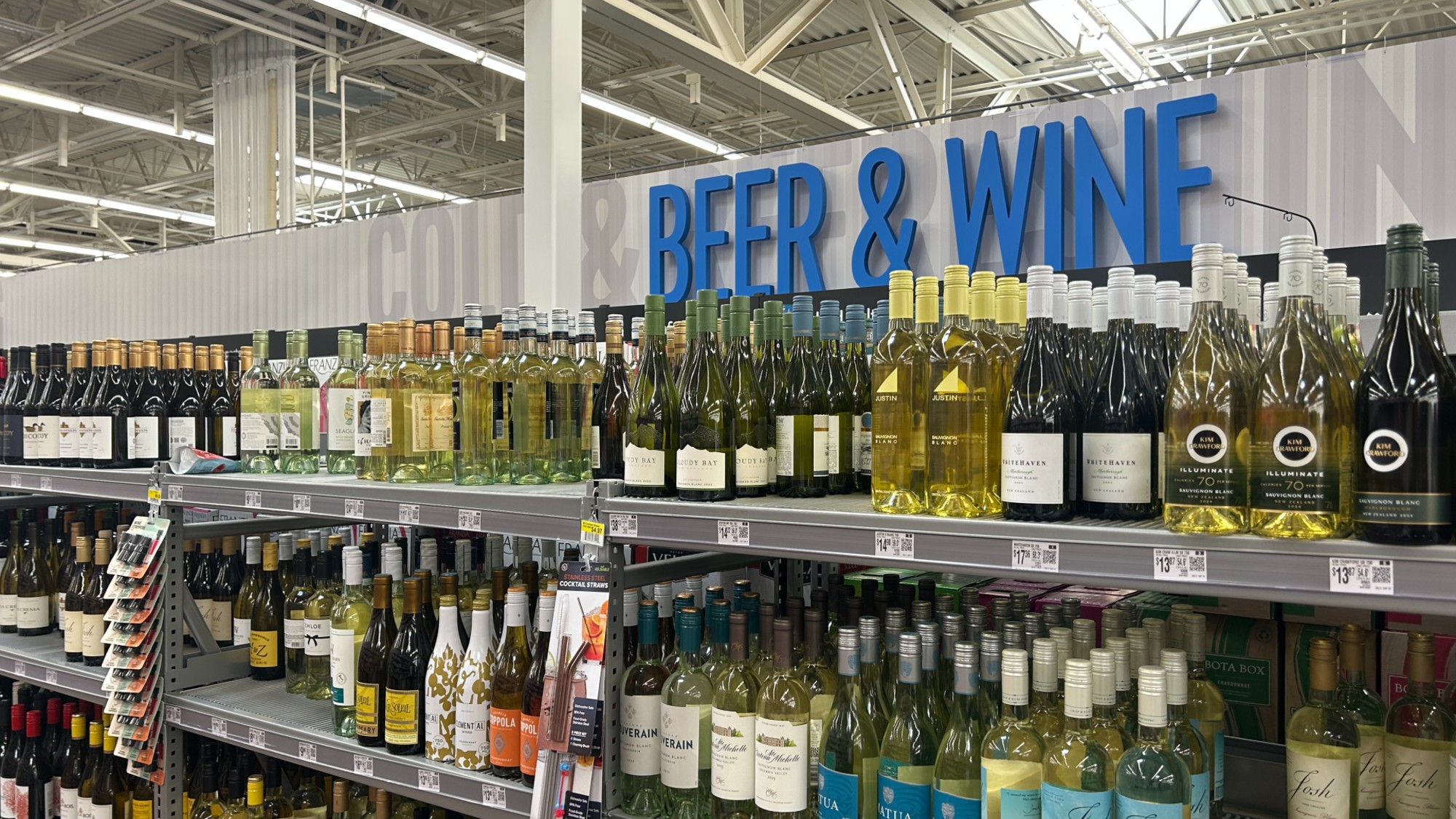Against car supremacy
America has a driving addiction, and it's going to kill us if we don't kick it


Some time ago I was waiting for the bus, at a stop right next to a school. Class had just gotten out, the school baseball team was practicing, families were walking by and chatting, and locals were walking their dogs. Children were swarming everywhere. Out of curiosity I counted how many cars obeyed the law at the adjoining four-way stop.
Roughly 90 percent did not — either rolling through the stop sign, or stopping far ahead of it, or stopping briefly in the crosswalk while they waited for another car or a pedestrian. And this is in Washington, D.C., one of the most bike- and pedestrian-friendly cities in the country (admittedly a low bar), and in a neighborhood where drivers are unusually conscientious and polite.
This reflects the all-pervasive car supremacy in the design of the American built environment. From our massively-skewed funding priorities, to the dysfunctional politics of rail construction, to the simple engineering of American city centers, we send signals that automobiles are the only truly legitimate way for people to get around, and that drivers are entitled to priority over any other transport method. It's long since time for a revolution in American transport — not to abolish the use of cars altogether, but to place them as just one among many transportation options.
The Week
Escape your echo chamber. Get the facts behind the news, plus analysis from multiple perspectives.

Sign up for The Week's Free Newsletters
From our morning news briefing to a weekly Good News Newsletter, get the best of The Week delivered directly to your inbox.
From our morning news briefing to a weekly Good News Newsletter, get the best of The Week delivered directly to your inbox.
The overwhelming car bias in American cities can be seen by visiting virtually any European, Japanese, Chinese, or Korean city. There decent or better public transportation systems are the norm — across European major cities a public transit share of commuting less than 30 percent is rare, and cities like Paris, Madrid, Zurich, and Stockholm top 60 percent. The only American city with a share over 50 percent is New York (where the car obsessive Governor Andrew Cuomo has let the subway rot); the share of all U.S. commuters is just 5 percent.
We're even further behind in biking and (especially) walking. Only four relatively small U.S. cities have a bike commute share of over 10 percent, while the vast majority have less than 1 percent. In Europe 5-10 percent is common among large cities, while very bike-friendly places like Copenhagen and Amsterdam are well over 50 percent. Meanwhile, a walking commute share under 15 percent is uncommon among large European cities, and Paris cracks 50 percent — unheard of in America, where even 10 percent is virtually unknown.
One reason people don't walk or bike to work even where it is possible is that car supremacy makes it dangerous. Even dense places like New York and D.C. have been slow to implement basic bike- and pedestrian-friendly infrastructure, and slower still to adopt current best practices like protected bike lanes and raised crosswalks. And in typical sprawling cities, you're often lucky to even find a sidewalk. As a result, 5,977 American pedestrians and 783 cyclists were killed in 2017, overwhelmingly because they were hit by a car — particularly America's beloved SUVs, which are 2-3 times more deadly when they run someone over. Those figures are up 49 percent and 26 percent respectively from their low points during the recession, certainly because of increased miles driven as the economy has strengthened and gas has remained cheap.
Why this is important should be obvious, above all when it comes to climate change. Buses and trains are more energy efficient than single-occupant cars, and drastically so when run with electricity. A proper national transit system must be part of any effort to cut carbon emissions. But that's not the only incentive to change our ways.
A free daily email with the biggest news stories of the day – and the best features from TheWeek.com
All this car-centered development has wreaked havoc on American health generally. For one thing, cars pollute — a 2013 study found road pollution caused 53,000 premature deaths. For another, making walking or biking nearly impossible has certainly contributed to the obesity epidemic. Regularly walking or biking even short distances markedly improves all manner of health outcomes. Then there is the fact that driving itself is dangerous. In 2017 car crashes killed 34,247 people in the U.S. — up 15 percent since the recession.
Believe it or not, things used to be significantly worse. As Robert Caro writes in his magisterial history of Robert Moses (who controlled virtually all construction in New York City for over 40 years in the mid-20th century), during the postwar decades huge swathes of prime New York real estate were flattened to make way for highways and parking lots — funded by a tidal wave of public money. Meanwhile, oil, gas, car, and rubber companies conspired to buy up and destroy many American trolley systems, which used to be common before the war. The resulting noise and pollution crashed city property values, and straight-up destroyed many thriving neighborhoods. Moses served as a consultant for dozens of other cities, who performed similar orthopedic butchery on themselves — an important factor in the ensuing economic and social decline of many of them.
So as the downsides of car supremacy have become clear, along with the benefits of biking and walking, even extremely car-centered cities like Houston have been slowly reforming themselves with rail and expanded bus service. (Though riding a bike there is still taking your life in your hands.)
To be sure, cars are a useful technology in many contexts. But they are a lousy fit for any city of any size. Because they are vastly inferior to trains or buses in terms of throughput, and because crashes are far more common on highways than rails, most major city highways are jammed like clockwork during every rush hour. Then when one reaches work, the car must be stored. Huge chunks of a typical American downtown — say Phoenix or Nashville — are dedicated to hideous surface parking and garages.
Car supremacy always hides its true face of blank highways, ugly suburban sprawl, and grimy, oil-stained concrete. Car commercials always show gleaming machines whizzing through beautiful landscapes or empty cities, and never their actual most common use — namely, frustrated idling in traffic, sucking down the exhaust of the guy in front of you. If we want to make America a decent place to live, dethroning the car from its policy throne is a good place to start.
Ryan Cooper is a national correspondent at TheWeek.com. His work has appeared in the Washington Monthly, The New Republic, and the Washington Post.
-
 Why is the Pentagon taking over the military’s independent newspaper?
Why is the Pentagon taking over the military’s independent newspaper?Today’s Big Question Stars and Stripes is published by the Defense Department but is editorially independent
-
 How Mars influences Earth’s climate
How Mars influences Earth’s climateThe explainer A pull in the right direction
-
 ‘The science is clear’
‘The science is clear’Instant Opinion Opinion, comment and editorials of the day
-
 The billionaires’ wealth tax: a catastrophe for California?
The billionaires’ wealth tax: a catastrophe for California?Talking Point Peter Thiel and Larry Page preparing to change state residency
-
 Bari Weiss’ ‘60 Minutes’ scandal is about more than one report
Bari Weiss’ ‘60 Minutes’ scandal is about more than one reportIN THE SPOTLIGHT By blocking an approved segment on a controversial prison holding US deportees in El Salvador, the editor-in-chief of CBS News has become the main story
-
 Has Zohran Mamdani shown the Democrats how to win again?
Has Zohran Mamdani shown the Democrats how to win again?Today’s Big Question New York City mayoral election touted as victory for left-wing populists but moderate centrist wins elsewhere present more complex path for Democratic Party
-
 Millions turn out for anti-Trump ‘No Kings’ rallies
Millions turn out for anti-Trump ‘No Kings’ ralliesSpeed Read An estimated 7 million people participated, 2 million more than at the first ‘No Kings’ protest in June
-
 Ghislaine Maxwell: angling for a Trump pardon
Ghislaine Maxwell: angling for a Trump pardonTalking Point Convicted sex trafficker's testimony could shed new light on president's links to Jeffrey Epstein
-
 The last words and final moments of 40 presidents
The last words and final moments of 40 presidentsThe Explainer Some are eloquent quotes worthy of the holders of the highest office in the nation, and others... aren't
-
 The JFK files: the truth at last?
The JFK files: the truth at last?In The Spotlight More than 64,000 previously classified documents relating the 1963 assassination of John F. Kennedy have been released by the Trump administration
-
 'Seriously, not literally': how should the world take Donald Trump?
'Seriously, not literally': how should the world take Donald Trump?Today's big question White House rhetoric and reality look likely to become increasingly blurred
